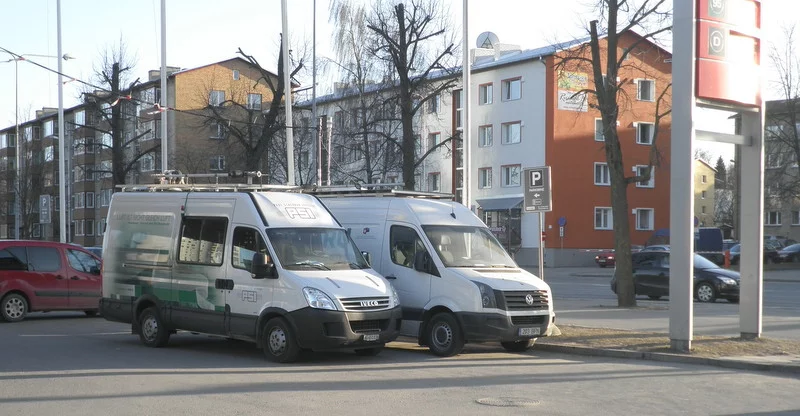Scope of project
Mobile measurements were performed during March 2014 at three contrasted sites in Estonia: Tartu, Kohtla- Järve/Kiviõli and Tallinn, to examine the spatial distribution and chemical composition of atmospheric gases and aerosols (with a special focus on organic aerosols, OA) and quantify their major sources. Measurements were achieved using the PSI mobile laboratory.
Field campaigns
Mobile measurements in Estonia, March 2014
Key findings
- The average measured concentrations in both particle and gas phase are normally relatively low, but stagnant conditions (which occur often) induce the accumulation of the primary aerosols locally emitted to very high levels.
- In general it seems that for the measurements period mostly the local emissions play an important role in the measured concentrations and the regional pollution is often not as important.
- In Tartu and Tallinn organics and black carbon dominate the particle-phase composition. For the industrial areas of Kohtla-Järve and Kiviõli the sulfate is the one dominating the particle-phase composition together with the organics.
- Four sources of OA have been retrieved with PMF for the two urban cities: hydrocarbon-like, biomass burning, residential influenced and oxygenated OA ; In the industrial areas also two different industrial related sources of OA have been separated and they can be attributed to two different industrial processes: of oil-shell and energy production respectively
Funding
This project was funded by the Estonian-Swiss cooperation program “Enforcement of the surveillance network of the Estonian air quality: Determination of origin of fine particles in Estonia”


